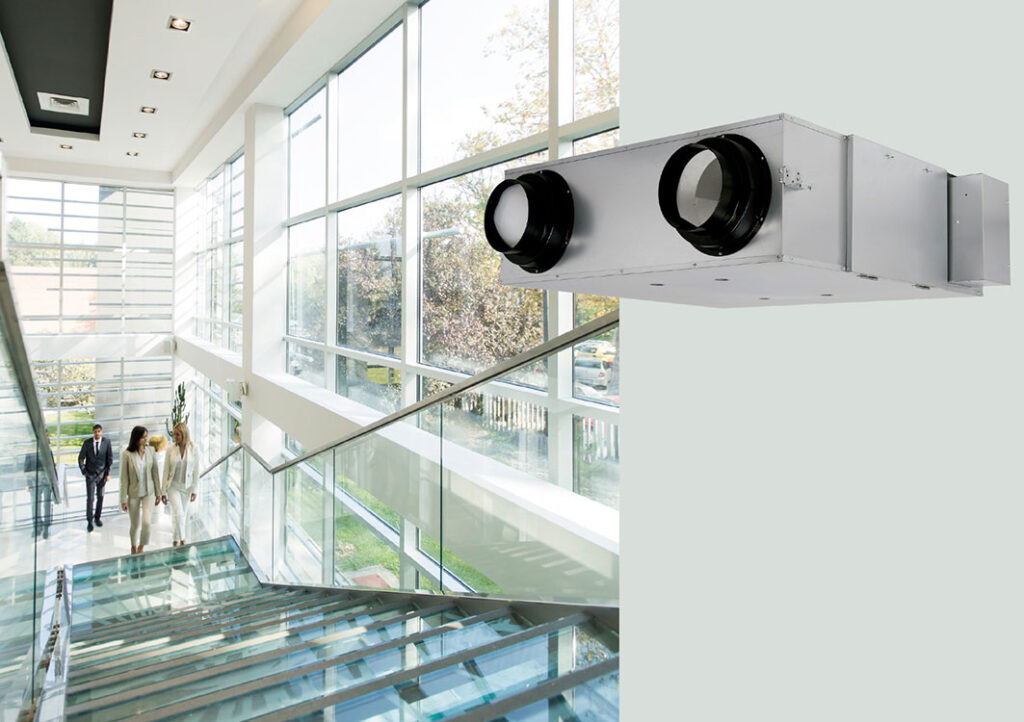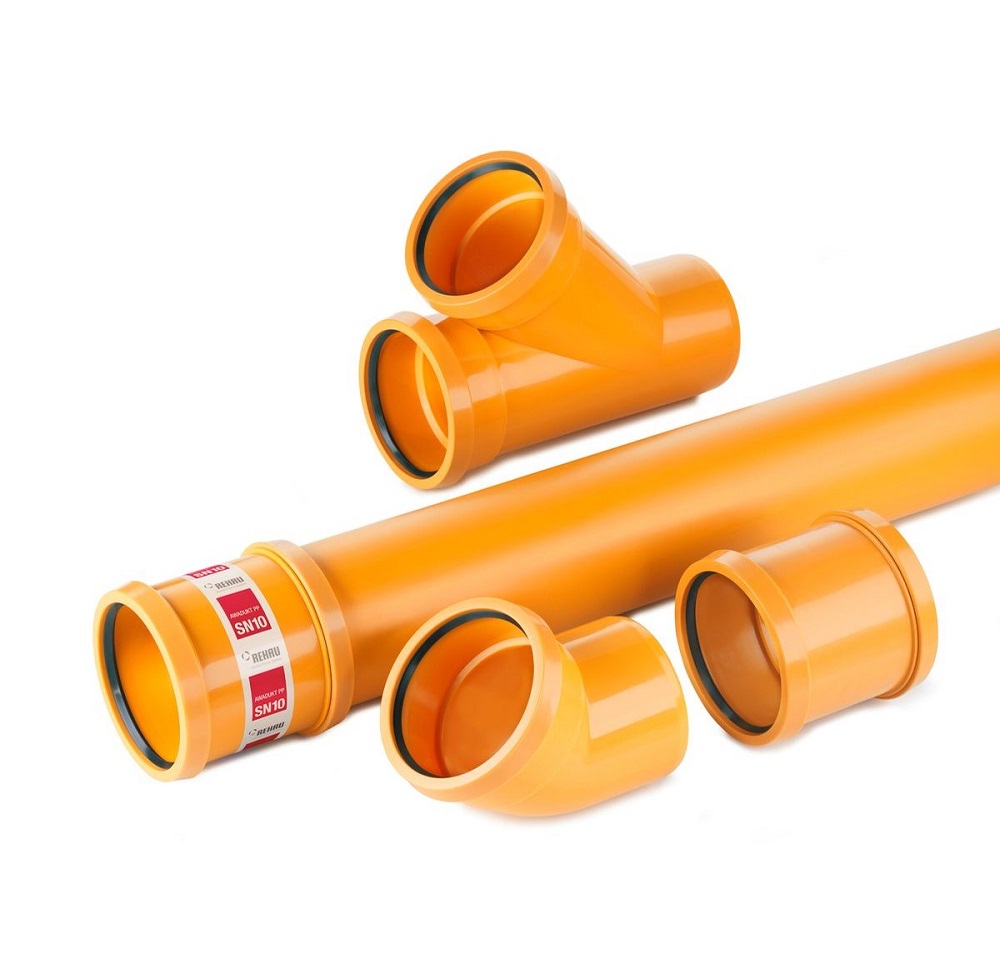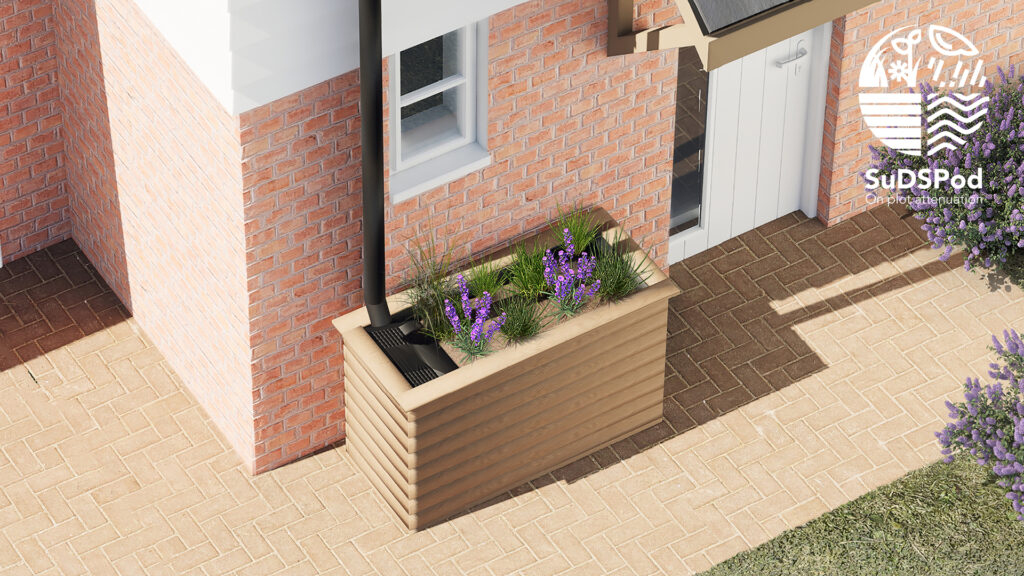The route to comfort
According to a study by JJL, Global Corporate Real Estate Trends, 72% of companies are looking to real estate to deliver improved workplace productivity. A functional office enhances occupant comfort and decreases the negative effects of poor acoustic management, which can cause stress and a loss of concentration. The occupant’s emotions and cognition are also affected and productivity can be degraded by up to two-thirds when knowledge tasks are performed when other people’s conversations are clearly audible.
Therefore, it’s vitally important that the office environment is comfortable for all occupants. Below are five key recommendations to help ensure you can create an occupant friendly office.
Stay ahead of the competition
According to property consultant firm Cluttons, the demand for properties is set to remain healthy. The increase in foreign investment, the demand for functional and aesthetically pleasing offices is on the verge to surplus the supply. Therefore, it is vital for specifiers to remain competitive and install high quality fit outs to attract tenants and subsequently for the tenants to attract and retain staff.
Looks are important, but not everything
To retain staff, you have to be able to compete with the best of them, and this is in addition to offering an interesting job with a great salary. Google and Facebook are among the companies which have led the way in terms of ‘fun, occupant friendly offices’. Instal a slide in the lobby, why not? A lawn in the break room to picnic on, sure. The idea to create a home away from home, considering the amount of time employees spend in the office is certainly a laudable one, however, the functionality of the space cannot be underestimated. Ensuring that occupants can get away from all the activity and fun around them is crucial to cater to more introverted employees and increases concentration.
The sound of quiet
Partitioning systems are an ideal solution to interrupt sound on its path across the office and allow the creation of quiet zones by providing for high levels of sound attenuation – the reduction in sound between two spaces separated by a dividing element (up to 49 dB can be achieved). This helps with privacy and ensures that there is minimal disruption from sound outside a meeting room or office. Furthermore, partitioning systems enable the provision of areas where staff can simply work quietly or hold private conversations while at the same time still enjoy an open ‘transparent’ environment. Creating separate workplace zones in which activities involving noise are encouraged in contrast to quiet zones certainly improve the experience of the workforce, and also facilitate a work environment in which people’s needs are accommodated.
Managing acoustics
The complex acoustics of open-plan offices and dense workspaces pose a challenge to any specifier. Preventing noise from spreading over long distances to ensure speech privacy and also guaranteeing good speech intelligibility at short distance is a complex endeavour. This involves reverberation times of less than 0.5 seconds. Sound absorbing ceilings, privacy screens and waist high cabinets between workplaces can make a significant contribution to achieving the right sound balance.
Hire a professional to get the job done
The assumption that furniture, floor covering, plants and curtains will suffice to manage acoustics, is an incorrect one. Soft surfaces can absorb certain high frequency tones but struggle with mid-to-low frequency noise which require additional acoustic treatment. Offices need to be designed to be fit not only for the eyes, but also for the ears, which means collaboration with fit out experts at design stage is crucial. Acknowledging a problem when the building is already in use makes it unnecessarily difficult to install sound absorbing products or systems.




















